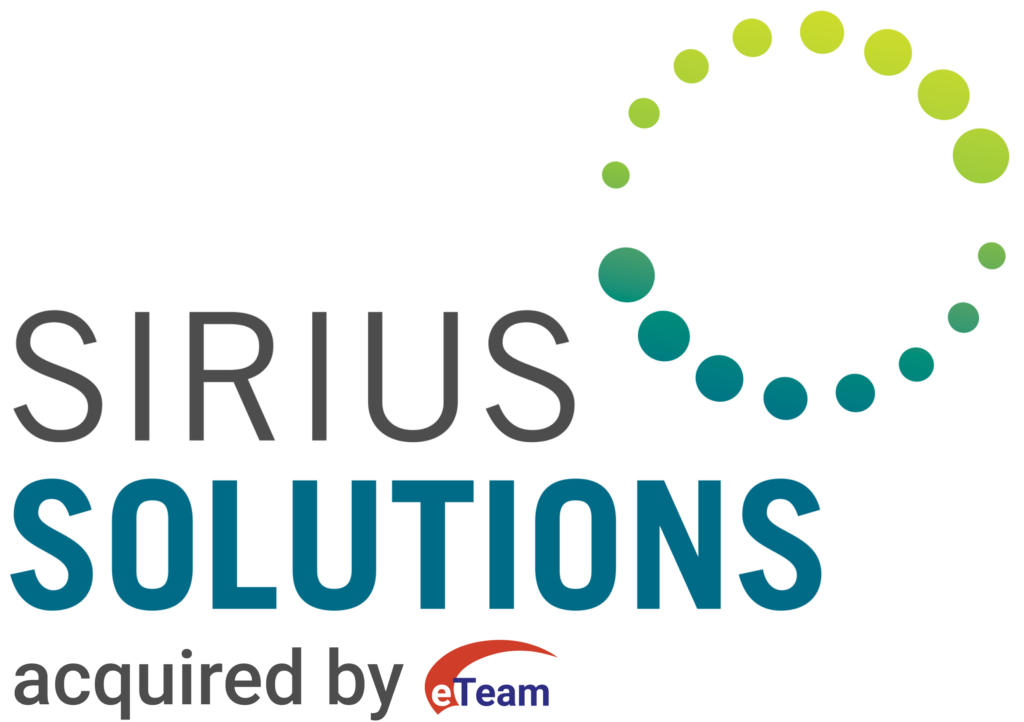ESG Measures and Strategy
3. GRI: Global Reporting Initiative
Focuses on:
-
-
- Corporate Social Responsibility (CSR) with an equal focus on ESG factors
-
4. SASB: Sustainability Accounting Standards Board
Focuses on:
-
-
- The industry-specific material effect of an organization’s sustainability
- Bringing investors and companies together on the financial impacts of ESG
-
5. TFCD: Task Force on Climate-Related Financial Disclosures
Focuses on:
-
-
- Guidelines and strategies for climate-related opportunities and risks
- Giving helpful information to investors for decision-making around transition and physical risks
-
Sirius Solutions’ ESG Strategy
Sirius Solutions’ ESG strategy has included presenting our best practices and cross-pollinating but are increasingly turning to technology to deliver value. We have realized the value of Salesforce in their ESG efforts and find that it is the most efficient way of riding the incoming ESG wave. We have addressed ESG concerns by incorporating several differentiators into our ESG space:
- We possess deep industry knowledge of the ESG space, from investors to governmental regulators and company verticals.
- We also have deep industry knowledge in the energy space and its relation to ESG strategy.
- We are experts on implementing Salesforce and utilizing it for our ESG strategy.
- We are a trusted Salesforce energy partner.
Joshua Ibarra, Senior Innovation & Technology Leader – Sirius Solutions
Contact Joshua Ibarra at JIbarra@Sirsol.com to learn more about our client successes with ESG Measures & Strategy and how to get started on the right path with your own measures.
